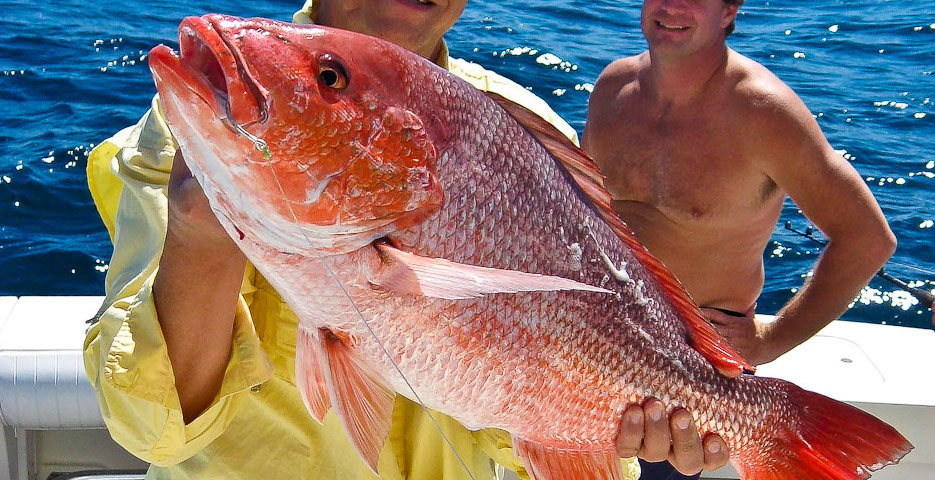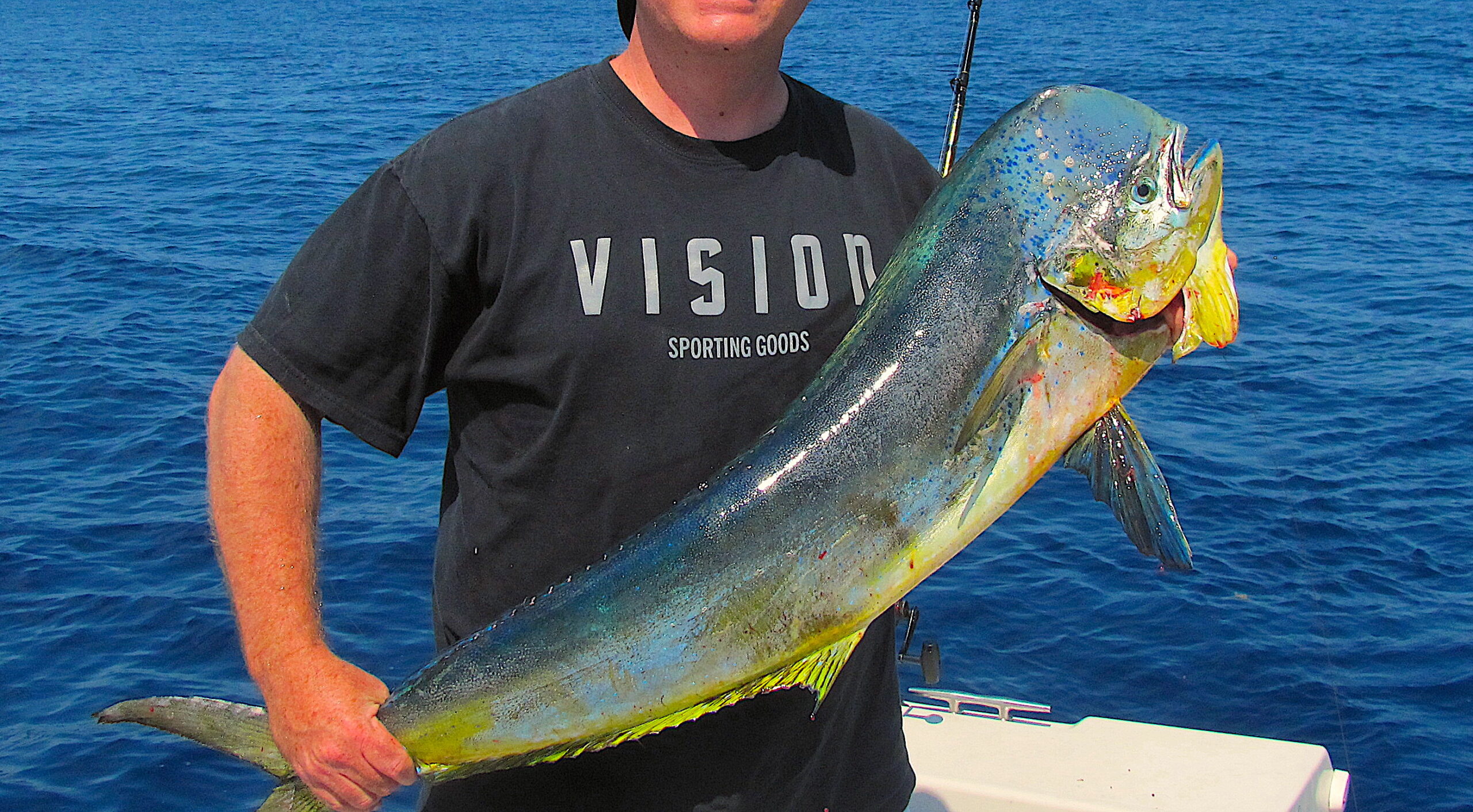What Is the N.C. Division of Marine Fisheries Carcass Collection Program?

Since 2014, anglers have donated over 4000 fish to inform stock assessments.
Research Need
In 2012, the N.C. Division of Marine Fisheries (NCDMF) joined other states in collecting American red snapper carcasses to provide more species data to assist the South Atlantic Fishery Management Council with their stock assessment. The NCDMF began a statewide carcass collection program for additional recreationally important finfish in 2014.
Carcass collection programs provide a low-cost option to collect larger fish that often are not encountered through other sampling methods. This program has the benefit of working with tackle shops and recreational fishermen, which creates additional outreach opportunities for the NCDMF.
What did they study?
The NCDMF currently has freezers set up at seven collection sites in locations that are easily accessible to anglers. The business hosting the freezer is provided with brochures explaining how to donate carcasses and the importance of donations to fisheries management. Each freezer is stocked with freezer bags for samples and a catch card where the angler provides the information needed to process the fish in the lab.
Donations are taken to the NCDMF Age Lab. From fish that are donated to the program, biologists can collect length, age and sex data that can be used in stock assessments to better manage the fisheries resources of the state.
The age of a fish is determined by counting annual growth rings on scales or other hard parts like otoliths (ear bones) and spines. Knowing the age of a fish helps biologists understand the age-structure and growth rate of fish in the population.
What did they find?
The Carcass Collection Program has received 4,127 carcasses from anglers since 2014. These carcasses have come from 28 different species and were donated by 584 anglers. The largest number of donations have been for Spanish mackerel and southern kingfish.
There have been 75 fish donated that were considered citation size just in the last three years. Citations are certificates issued for exceptional sized fish caught in our waters. This means the program’s goal of collecting larger, rare event fish is being attained. And these donations, in particular, are proving important for upcoming stock assessments.
The Carcass Collection Program currently is the best method of obtaining samples from black drum over 30 inches. Of the citation fish donated to the program, 21 of those were spotted seatrout, with ages ranging from 4 to 7. The 7-year-old fish from 2017 is one of the oldest spotted seatrout in the NCDMF database.
Anything else?
When anglers provide their contact information on the catch card, the NCDMF sends a letter thanking them for their participation along with a hat or other available award. To date, the program has had 584 anglers participate from 16 states.
Repeat participation is important for the Carcass Collection Program. Anglers who provide regular donations have developed an understanding of the value of their donations and often encourage fellow anglers to participate in the program. Since statewide program rollout, there have been 82 repeat anglers, 71 of which have made more than 4 donations to the program.
For more information about the program, including where to donate your carcasses and how the data collected are used, please visit the NCDMF’s website.
The Carcass Collection Program is funded by a Coastal Recreational Fishing License Grant Program.
Summary compiled by Carole Willis, sportfishing specialist at the NCDMF. Willis has been with the NCDMF since 2004 and currently coordinates the Carcass Collection Program, as well as several other recreational programs, including the N.C. Saltwater Citation Program, the Saltwater State Record Program, and the N.C. Governor’s Cup Billfishing Conservation Series. For additional information about the Carcass Collection Program, please contact Willis at carole.y.willis@ncdenr.gov.
Lead photo: red snapper (courtesy of Extra Zebra/CC BY 2.0, cropped)
The text from Hook, Line & Science is available to reprint and republish in its entirety and with this attribution: Hook, Line & Science, courtesy of Scott Baker and Sara Mirabilio, North Carolina Sea Grant.



